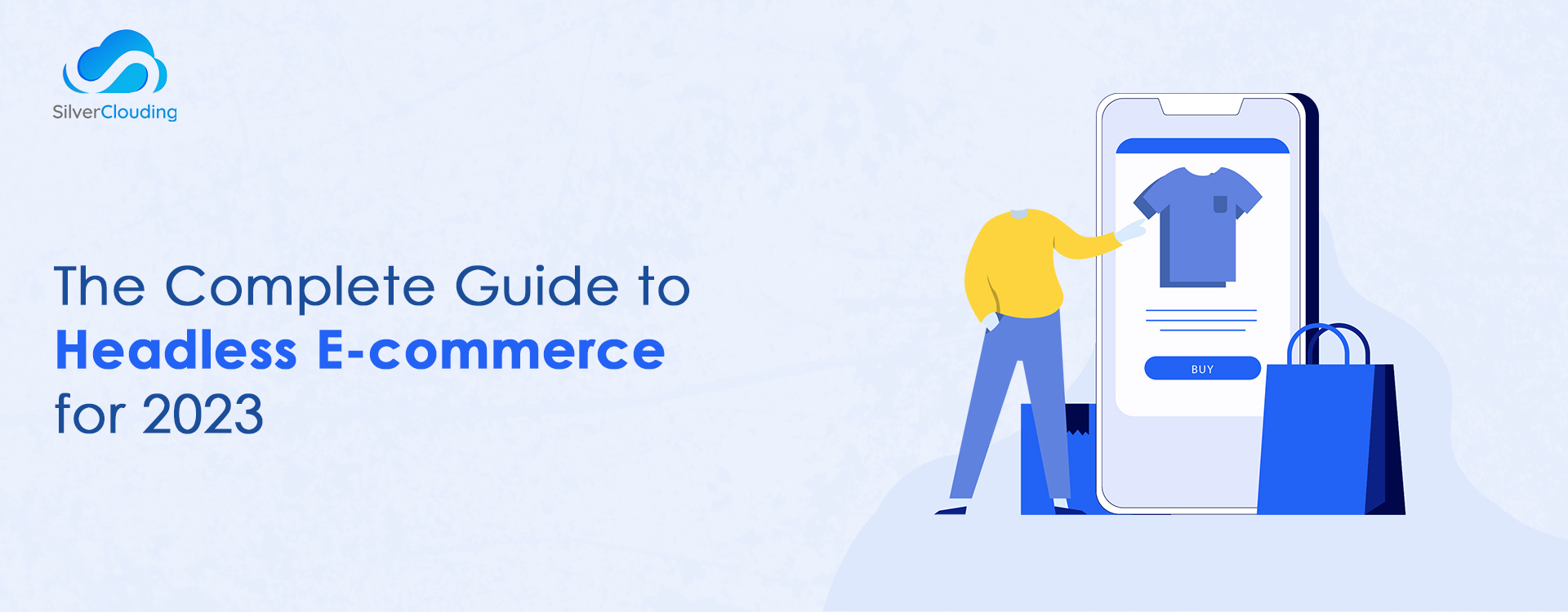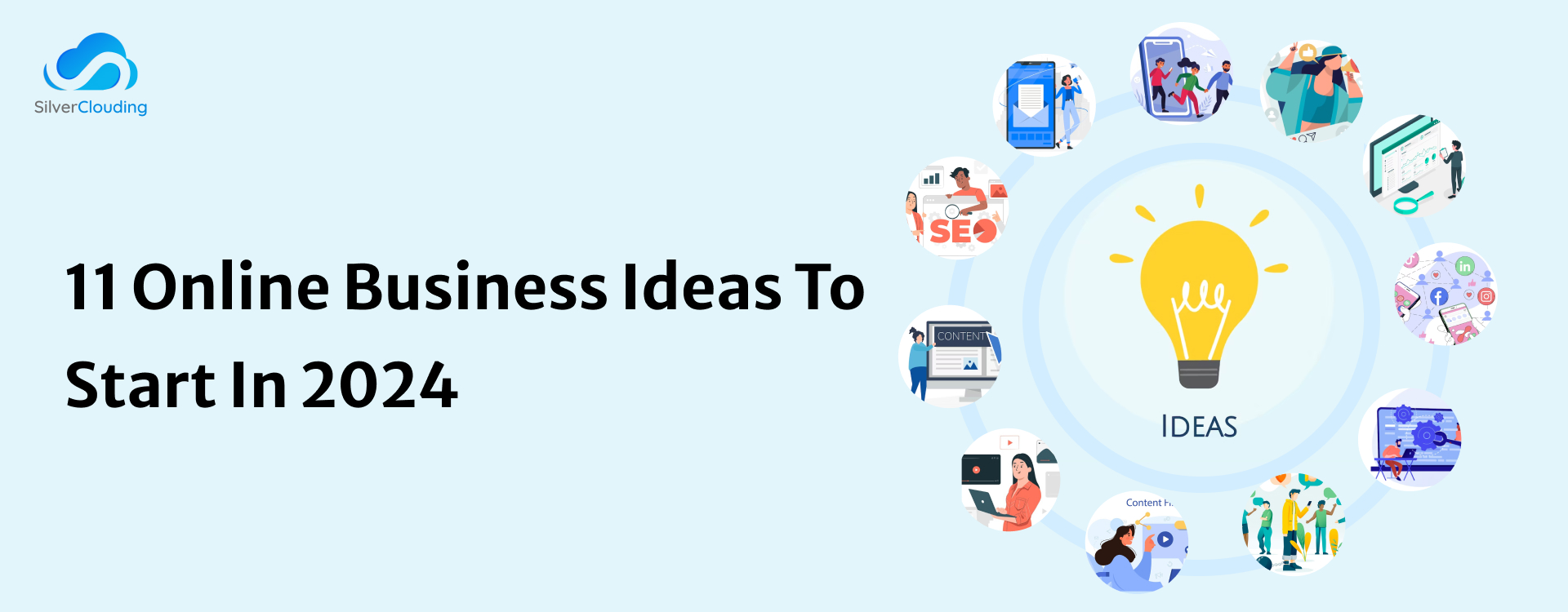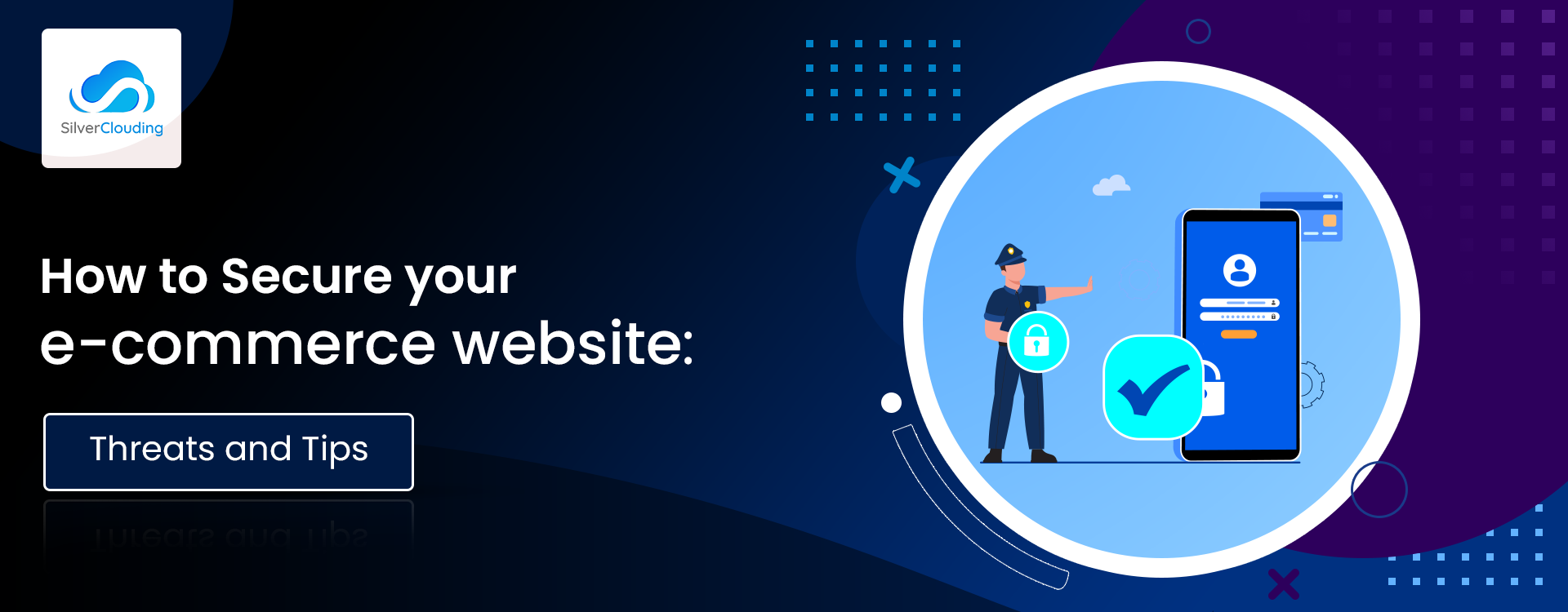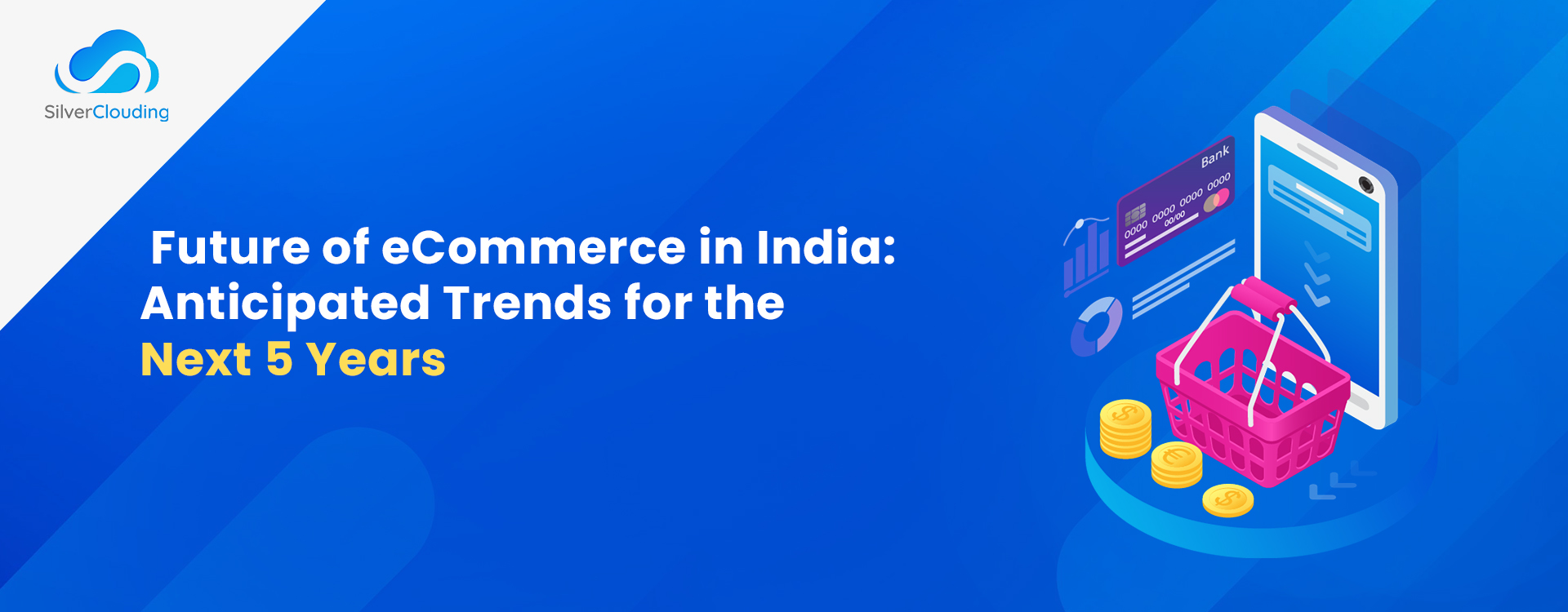As we navigate the ever-evolving landscape of digital commerce, one term you might have come across is “headless e-commerce“. But what does it mean? How does it work? And more importantly, why is it becoming a key player in the e-commerce world of 2023?
In this comprehensive guide, we’ll delve into the world of headless e-commerce, exploring its benefits, how it’s transforming the way businesses operate online, and why it’s more relevant now than ever before. Whether you’re a seasoned e-commerce professional or a newcomer to the digital marketplace, this guide will provide you with the insights you need to understand the potential of headless e-commerce and how it can help your business thrive in 2023 and beyond.
Headless e-Commerce: What is it?
An eCommerce platform that lacks templates, established frameworks, or paths is known as headless commerce. It provides a strong backend, which serves as the foundation for your online presence, and a flexible front end, which is what customers will see, allowing the brand and company to construct whatever they choose. Only the headless architecture’s API-first strategy makes this possible.
Front-end developers may get to work on how to present that content using any framework of their choice while developers can utilize the APIs to provide content such as product information, blog entries, landing pages, and customer reviews to any screen or device.
Now, why do you ask? What was the operation of non-headless commerce solutions? Why did we need to create the headless?
Traditional eCommerce platforms, in comparison, can only provide content to websites or native mobile apps because they only offer predetermined front-ends.
Unfortunately, a platform for eCommerce that is only traditional will quickly become outdated. With the abundance of IoT devices all around us and the way customers are already shopping for products, adopting headless commerce solutions is all but required for businesses trying to offer real omnichannel experiences.
What advantages does headless eCommerce offer?
The primary advantage of a headless eCommerce platform is speed because the frontend and backend load independently and both provide better control over website performance.
Let’s discover the key advantages of going headless :
1. Developers have a lot of control and flexibility
You may design unique experiences using headless to complement your brand. Is it feasible to personalize your BigCommerce, Shopify, or Magento store? Yes, but you won’t ever have the same kind of freedom to create effective UX that contemporary frontend frameworks provide. Not the best if you want to make your store stand out in this tangled jungle.
2. Backends that are portable
Projects with no head are not dependent on large, constricting infrastructures. This frees you from being constrained by readymade or connected solutions and enables you to keep your frontend competitive and modern.
3. Improved multi-platform and multi-device eCommerce experience
You name it: web, IoT, desktop apps, mobile. Choosing the optimal frontend tooling for each platform/device is made possible by using a headless content management system. With a backend that can output anything they want, wherever they want, retailers can adjust and scale their businesses considerably more quickly.
4. Jamstack-compatible
The main claims of the Jamstack and headless commerce are faster, more secure, and less expensive ongoing websites and apps. But in truth, its most alluring feature is a deliberate, imaginative, and strategic creation experience for contemporary developers.
Traditional e-commerce versus a headless e-commerce platform
Traditional e-commerce platforms were the best and only choice for businesses to establish a website in the early days of digital commerce if they had the means or expertise to code a webstore from scratch. They would purchase a combined front- and back-end full-stack software solution.
Full-stack platforms make it simple to launch a digital shop, but they limit the flexibility to adopt new technologies, personalize commerce functions, and increase the number of consumer touchpoints available. The front and back ends must be adjusted simultaneously for small alterations.
And while application program interfaces (APIs) can be used to reach specific touchpoints like native mobile apps and third-party extensions can be added to increase functionality, traditional platforms frequently lack the personalization, content testing, and analytics capabilities that commerce leaders need to succeed with customers who prefer digital experiences.
| Feature | Headless e-Commerce | Traditional eCommerce |
| Architecture | Separates the front-end and back-end systems. | Front-end and back-end are tightly integrated. |
| Flexibility | High flexibility. Allows for customization of the user interface without affecting the back-end. | Limited flexibility. Changes to the user interface may require changes to the back-end. |
| Performance | Typically faster due to the ability to leverage modern front-end technologies. | May be slower due to the monolithic structure. |
| Scalability | Highly scalable. Can handle high traffic and can be easily expanded. | Scalability can be limited due to the integrated structure. |
| Development | Requires more technical expertise to manage and integrate different systems. | Easier to set up and manage with less technical expertise. |
| SEO | Can be more SEO-friendly due to faster loading times and better performance. | SEO can be affected by slower loading times and performance issues. |
| Omnichannel readiness | Better suited for omnichannel retailing due to its API-driven nature. | May struggle with omnichannel retailing due to its monolithic structure. |
| Updates | Front-end and back-end can be updated independently, reducing the risk of site-wide crashes. | Updates usually require the entire site to be updated, which can lead to downtime. |
| Personalization | Allows for advanced personalization and dynamic content. | Personalization capabilities can be limited. |
What are the limitations of the Headless e-commerce platform?
Let’s examine some of the important factors to consider while choosing the best headless e-commerce platforms.
1. Front-end programmers are in demand for one.
Using headless eCommerce systems, developers may create distinctive front ends for every device and touchpoint. It may take a lot of time and money to create user interfaces and templates from scratch, despite how exciting this seems. Maintenance and specialized personnel are needed for the resulting custom front-end solutions. Over the past few years, there has been a noticeable growth in demand for front-end resources.
Additionally, as demands on the developers rise due to the requirement for IT teams to create content and distribute it across devices, bottlenecks may develop.
2. Isolation of marketers
Marketers’ options are constrained because a pure headless e-commerce platform doesn’t provide a front-end presentation layer.
- Create material in a WYSIWYG environment and preview it to see how it will appear on the device or screen of the user.
- Create, approve, and publish material quickly without involving another department. Instead, marketers are fully dependent on the IT team to design, maintain, and fill the front-end display layer with content. Not exactly a conducive climate for marketers.
3. Not everyone should use headless e-commerce.
Headless e-commerce offers creative methods for content sharing and front-end solutions that integrate numerous systems into a single user interface. However, a lot of eCommerce sites lack these specifications and are taken in by the allure of the slick new technology, only to find themselves dealing with unique front ends that demand constant upkeep and specialized knowledge.
The Future of the best headless E-commerce
The customer experience will become more optimized and delightful as we learn to better combine human and technological abilities in customer service and eCommerce.
Using innovation and customization to their fullest capacity will determine how quickly a business may expand. For every business hoping to participate in the huge future of eCommerce, headless architecture is the greatest solution. An end-to-end warehousing platform like Hopstack might manage some of the backend operations and represent a significant step toward headless commerce.
For recognized Shopify Plus Expert Agency’s headless e-Commerce solutions, contact SilverClouding. Since they have a deep understanding of the market dynamics and the importance of successful communication, we are committed to helping your brand establish a strong online presence.
With SilverClouding, you can fulfil all of your eCommerce demands in one place.
SilverClouding is a brilliant example of top-notch Shopify development, having completed more than 400 projects and having more than ten years of experience. They are steadfast in their commitment to ensuring customer satisfaction, and they take steps to ensure that solutions are supplied on schedule and within the specified spending limit.




